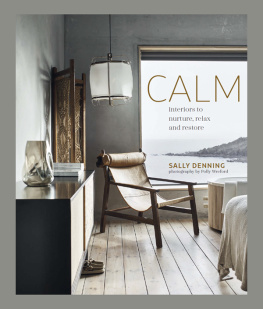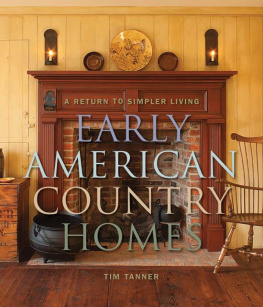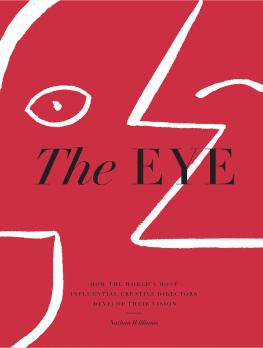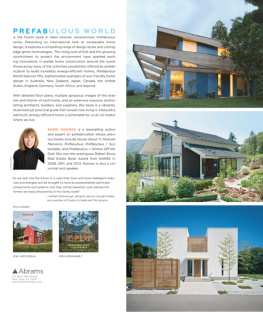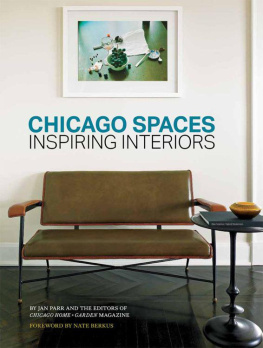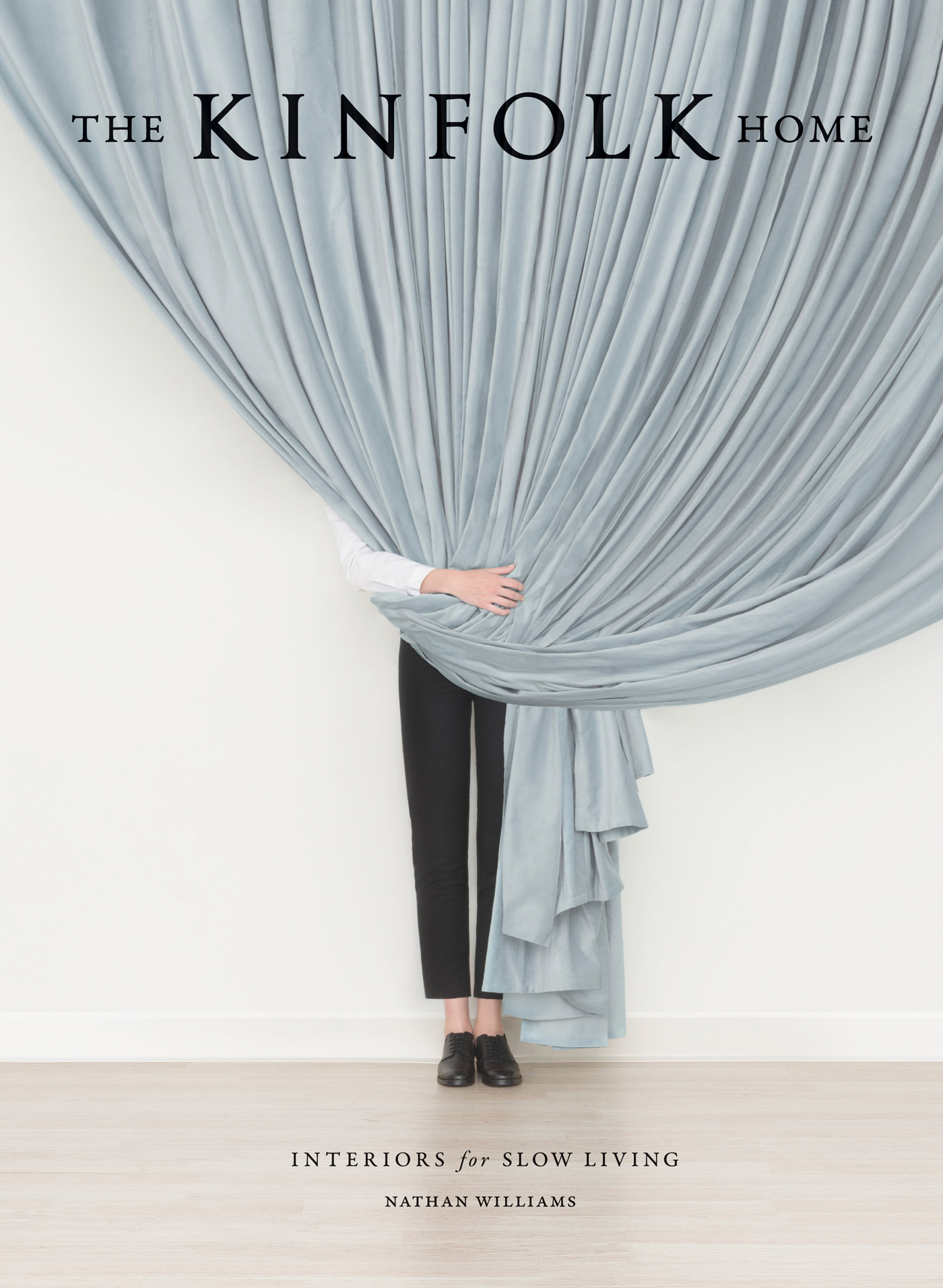The Kinfolk Home
Interiors for Slow Living
Nathan Williams

Nathan Williams Editor in Chief | Gail OHara Copy Chief |
Amy Woodroffe Editorial Manager | Rachel Eva Lim Editorial Coordinator |
Georgia Frances King Editor | Alica Forneret Editorial Assistant |
Anja Verdugo Art Director | Kelsey Snell Proofreader |
Charlotte Heal Designer |
Kristofer Johnsson Kristofer is a photographer living in Stockholm, Sweden, who shoots interiors and still-life images. His clean and simple aesthetic uses light and composition to focus on an images natural beauty.
Anders Schnnemann Anders is a lifestyle and interiors photographer based in Copenhagen, Denmark. Although he travels a lot for his work, he thinks theres nothing better than flying home to his wife and two daughters.
Pia Ulin Pia is a Swedish photographer currently living in Brooklyn, New York. She primarily shoots interiors and lifestyle images but also dabbles in still-life photography that focuses on the intricate details.
Sharyn Cairns Sharyn is a photographer from Melbourne, Australia. She enjoys shooting in a variety of styles and is inspired by the constant change and excitement that each new project brings.
Jonas Ingerstedt Jonas is an interiors photographer living in Stockholm, Sweden. After spending some time in Paris and 20 years as a fashion photographer, hes been shooting homes for the past four years.
Simon Watson Simon is a portrait, interiors and travel photographer who splits his time between New York and Dublin, Ireland. He focuses on light and shadows and renders a holistic view of his subjects.
Mirjam Bleeker Mirjam is a Dutch interiors and travel photographer living in Amsterdam, the Netherlands. She works with Frank Visser and feels grateful that her passion has allowed her to meet so many interesting people.
Nicole Franzen Nicole is a photographer based in Brooklyn, New York, who mostly shoots food and lifestyle images. Her elegant and clean aesthetic emphasizes natural light and finding beauty in the details.
Martin Guggisberg Martin is both an interiors and architecture photographer and filmmaker based in Zurich, Switzerland. He is passionate about photojournalism and narrative-driven art.
Dominik Tarabanski Dominik is a Polish photographer living in New York. The cover of this book is a testament to his conceptual style that draws inspiration from the modern human form.
For a full list of credits, please see .
Contents
Nathan Williams and Katie Searle-Williams
Portland, Oregon, United States
Introduction
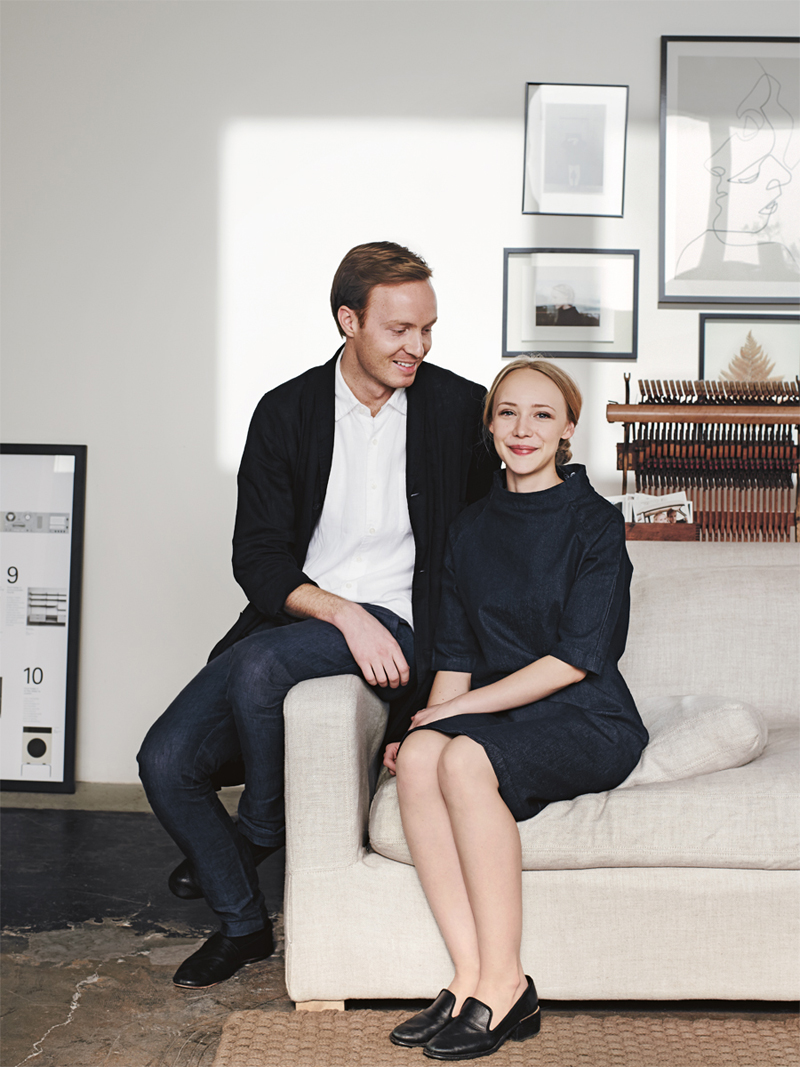
The phrase slow living often brings to mind images of work-free days spent reclining in a hammock, pia colada in hand. While this may be the case at a beachside retreat in the Bahamas, the reality for most of us is that slow living takes many different forms in many different spaces. For some this could mean long Sunday mornings spent reading in bed with loved ones, and for others it could mean waking at dawn for the vim and vigor of a brisk swim. Slow living means something personal to each of us, and one of the strongest ways we manifest these beliefs is by expressing ourselves through our homes.
The slow approach to crafting a home is subjective to each dwellers aspirations, but it always finds its foundation in our deepest values. Its not about luxury or laziness, nor is it about forgoing our most beloved belongings: Slow living isnt about determining how little we can live withits about working out what we simply cant live without.
Our homes should explore lifes fundamentals and then seek to incorporate them into our surroundings. In this way, a home isnt just a physical structure, but also a structure of our beliefs. A house should represent the heart, the kernel, the bedrock of our valueswhatever brings us back to our cores. While living essentially can make us think of bare bookshelves or an empty wardrobe containing only white cotton T-shirts, were able to invite slowness and simplicity into our days without prescribing to a predetermined aesthetic; this is because slow living is less of a style and more of a deeply personal mentality.
The function of our homes should dictate the way we decorate them, not the other way around. Instead of either clogging our lives with unnecessary clutterboth physical and mentalor needlessly throwing out meaningful possessions, we can work to determine what brings fulfillment to our lives, and then surround ourselves with those comforts.
A persons domestic space speaks of his or her innermost beliefsconsider what our belongings say about our character, be it a collection of inherited French antiques, a table long enough for a dinner party of a dozen, a smattering of childrens sketches pasted on the walls or the absence of objects in a minimal space, leaving room for creative thought. The key to all these spaces hearts is that their aesthetics are shaped by their dwellers definitions of what brings joy and meaning to their homes. To us, this intention is the most important aspect of slow living.


While our homes can function as places we retreat to, we also seek to connect within them. In this way, they become active participants in our livesliving organisms that grow and shrink and change, just as we do. This happens not only with the ebb and flow of the seasons, when warm winter blankets are thrown on beds or screen doors are flung open, but also as our own needs change over time and our communities evolve. Perhaps this is why that feeling of home follows us from space to space as our street addresses change: While the outward expressions of our dwellings change form, their foundationsthe people we share them withstay the same.
Our homes are community builders. That community could consist of a life partner, a sprawling family, a collection of housemates or a humble party of one. Whatever form that community takes, our homes act as places where those people can come together and become closer. Forming our spaces with this in mind can strengthen the relationships that flourish under our roofs. The ways we choose to cultivate our communities are as varied as the assortments of people they support: It could mean hosting elaborate Saturday brunches for your friends or late-summer barbecues for your neighbors or savoring an indulgent dinner cross-legged on the floor, blissfully alone. It could mean knocking out a wall to open up your kitchen or adding walls for moments of private sanctuary. It could mean longer tables for longer evenings. It could mean anything that means something to you, really.
We set out to visit 35 diverse homes across five continents whose inhabitants embody these slow values through crafting homes that wholeheartedly express their own beliefsthey are our old friends, our new friends, our colleagues and our mentors. Instead of asking them to talk about the color of paint on their walls or the material they chose for their curtains, we invited them to share their values, how those ideals have shaped their homes and how their homes have in turn shaped them.










